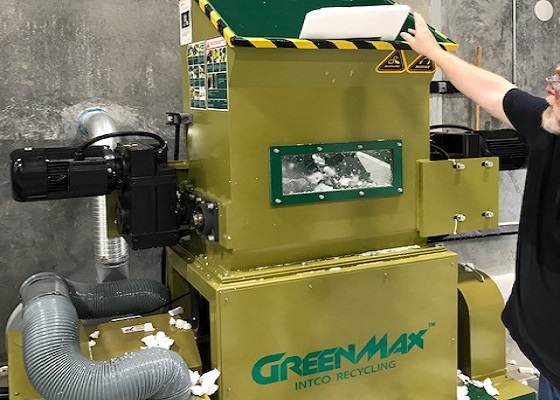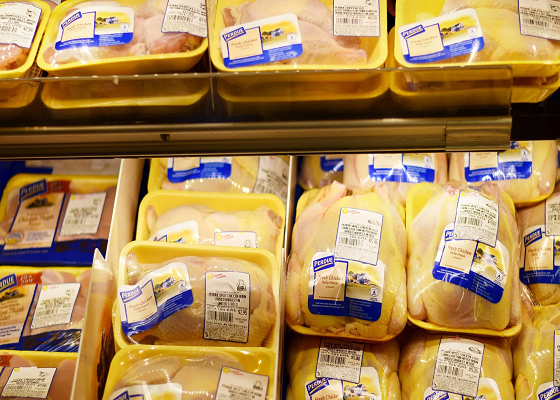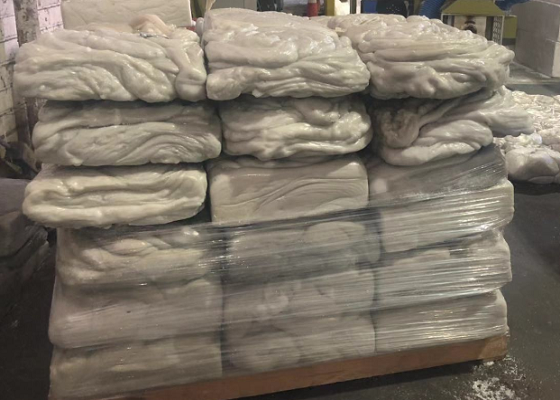The foam recycling system centered on foam densifier designed is favoring by manufacturers
The technical marketing manager of a company that produces foam trays for food packaging said: “We recycle and reuse as much material as possible.” His company uses a manufacturing system that is virtually 100% closed-looped, which means that there is very little scrap or waste, and the key to the closed-loop manufacturing system is a foam densifier.

In recent years, foam densifier has become more and more popular among manufacturers. On the one hand, because the tightening of environmental policies has become a trend, on the other hand, there is an urgent need for a way to prove to consumers the environmental protection of enterprises. The use of foam densifier has become the first choice of enterprises. Like foam trays manufacturers, foam surfboard manufacturers, foam packaging manufacturers…
Foam densifier is developed and produced by GREENMAX, a well-known recycling machine brand. The machine is equipped with Siemens hot-melt screw, equipped with a rotary cutter, and the whole machine can be run with very little manpower. After the foam waste is put into the hopper, it undergoes two processes of crushing and hot melting, and finally produces foam ingots that are hard like solid bricks.

"The foam is extruded and then thermoformed. Any excess material generated after trimming the pallet will be recycled and reused. The use of this recycled material helps reduce costs because it can reduce the use of primary resin." Technical Marketing Manager Speaking of. Foam ingots are used for two purposes. One is for enterprises to reuse, like this manufacturer of foam trays, and the other is to sell to other terminal manufacturers. Foam ingots can be used for photo frames, mirror frames, skirting, stationery, hangers and other commodities. Raw materials. GREENMAX is also purchasing it.

GREENMAX foam densifier can help companies integrate the foam recycling system into the company's manufacturing system to achieve a closed loop. And this kind of closed-loop production can not only save a certain amount of production cost, but also prove themselves environmental protection. It cannot be denied that this is the best method.
